Cat Tien National Park is highly appreciated for its biodiversity potential with thousands of rare and high-level animals and plants. This is one of the eight world biosphere reserves in Vietnam recognized by UNESCO. Previously, this was War Zone D, a revolutionary base during the resistance war against France and the US. Today, Cat Tien National Park is one of the attractive destinations for domestic and foreign tourists...
Coming to Cat Tien National Park, the first thing you want to discover is the rare wildlife. The park is known as the "home of animals" with 96 species of animals, 94 species of reptiles, and 903 insects. Currently, the park has more than 20 elephants living. Along the internal roads, visitors can see elephants looking for food in the middle of the day.
The yellow-cheeked gibbon is one of the animals in group IB - the endangered, precious, rare group at the dangerous level, listed in the world's red book and strictly protected. The yellow-cheeked gibbon (photo) lives on the canopy of 30m high trees. The male is black, with yellow tufts of fur on both cheeks. The female is yellow all over, with a black tuft of fur on the top of her head. They live in families of 3-5, including parents and children.
Cat Tien National Park has 343 bird species, like a "miniature country" of forest birds, accounting for more than 40% of the total bird species in Vietnam. In the photo is a hornbill that the Center for Rescue, Conservation and Development of Living Creatures received from the people to raise and release back into the natural forest when conditions are met. The hornbill has light black feathers, a white nape and neck, a light yellow beak, and is large in size. The hornbill belongs to group IB - the endangered, precious, and rare group.
With many rare animals, along the internal road at night, when shining a flashlight, visitors can easily see and admire many wild animals active at night. In particular, there are many wild deer, in large grasslands, dozens of deer have been recorded going out to eat at night.
At Cat Tien National Park, there are 55 bears rescued by the Free The Bears organization in Vietnam. These are individuals received from bile farms for treatment and care to live the rest of their lives safely and happily. Due to the dedicated care, the bears in the rescue station are extremely active and friendly to humans.
If you want to see many species of animals, birds, reptiles, and insects, you should visit the park's museum. This place displays a fairly comprehensive overview of rare wild animals that have been trapped by people, including extinct species such as rhinos.
In addition to animals, Cat Tien National Park has a very rich flora with 1,655 species of wood. Rare and precious wood species include rosewood, red oak, ironwood, and rosewood. In the photo is an ancient red oak tree about 700 years old, nearly 40m high with a diameter of 2.5m, very famous in Cat Tien National Park. On February 12, 1988, the late Prime Minister Pham Van Dong visited this giant red oak tree and gave valuable advice on forest protection. To commemorate and remind future generations of their responsibility for conservation, Cat Tien National Park named this tree Uncle Dong's red oak tree.
The favorite tourist attraction when talking about giant trees is the tung tree (photo). This tree is over 400 years old, the trunk is gray and white, about 40m high with a massive tree trunk diameter that dozens of people cannot hug. In particular, the tree has a giant, sturdy root system, spreading out dozens of meters, spreading out and floating on the ground, forming strange shapes such as pythons, snakes or dinosaur tails...
The giant tree growing in Cat Tien National Park is the hundred-trunk banyan tree, a memorable highlight of this forest. The tree covers the entire stream, providing shade all year round, with countless roots firmly rooted in the cool water. The hundred-trunk banyan tree is about 400 years old and is now over 8m tall, spreading nearly a hundred meters wide.
In addition to ancient trees, when coming to Cat Tien National Park, visitors will admire the blooming of the royal poinciana. The flowers have a sweet fragrance and grow abundantly in Cat Tien National Park . The flowers begin to bloom in late April and bloom throughout May, lasting until June, so now is a great time to see the royal poinciana in full bloom in Cat Tien National Park.
In addition to flora and fauna, when coming to Cat Tien National Park, visitors can also immerse themselves in the poetic natural scenery with the sound of water flowing along Ben Cu rapids (photo). The rapids are more than 500m long, with water flowing all year round, creating a highlight to attract tourists.
According to the Cat Tien National Park Management Board, on average each year the unit welcomes 50-60 thousand visitors to visit, research and study. Among them are many tourists from countries around the world.
Source link


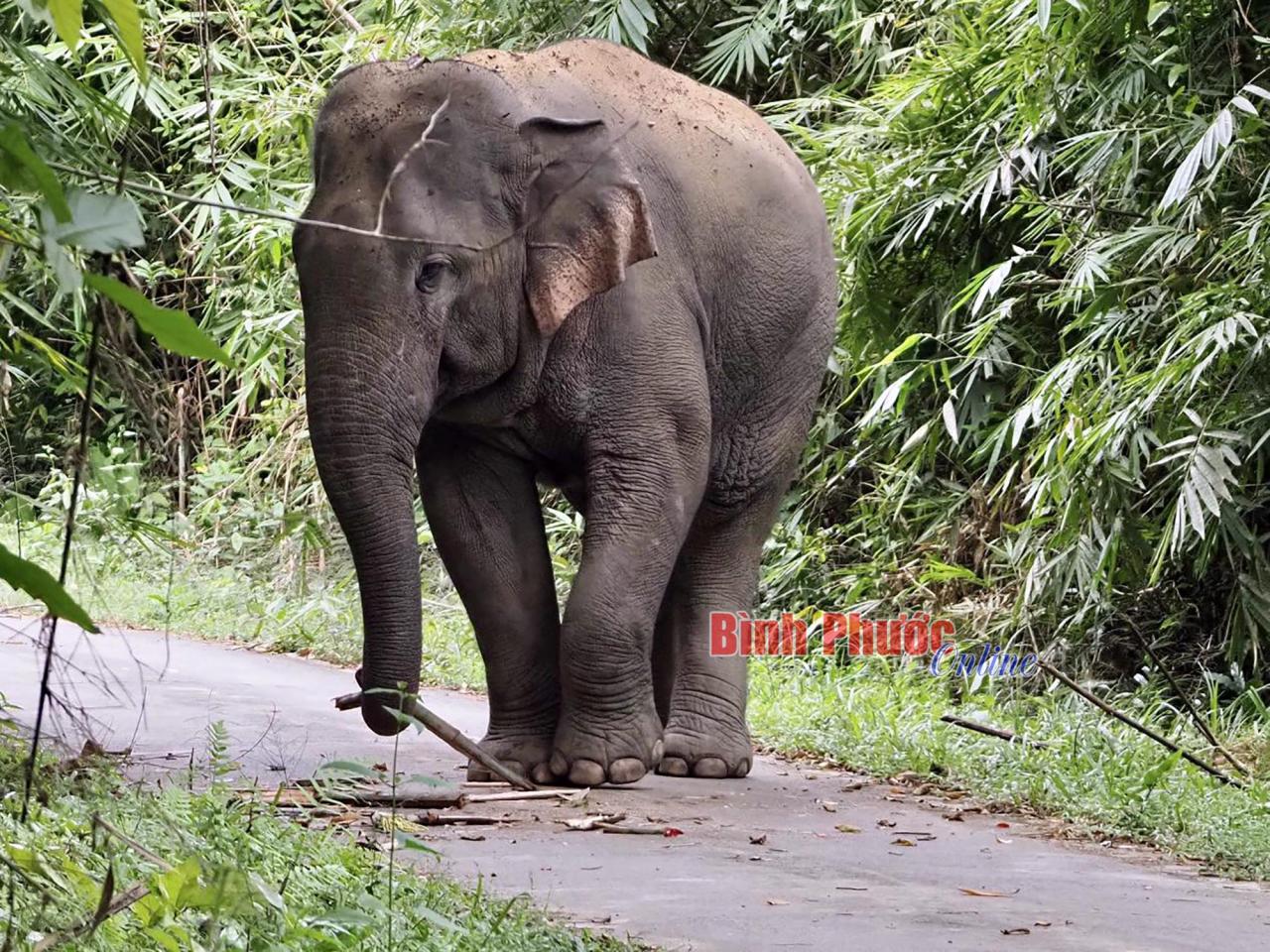
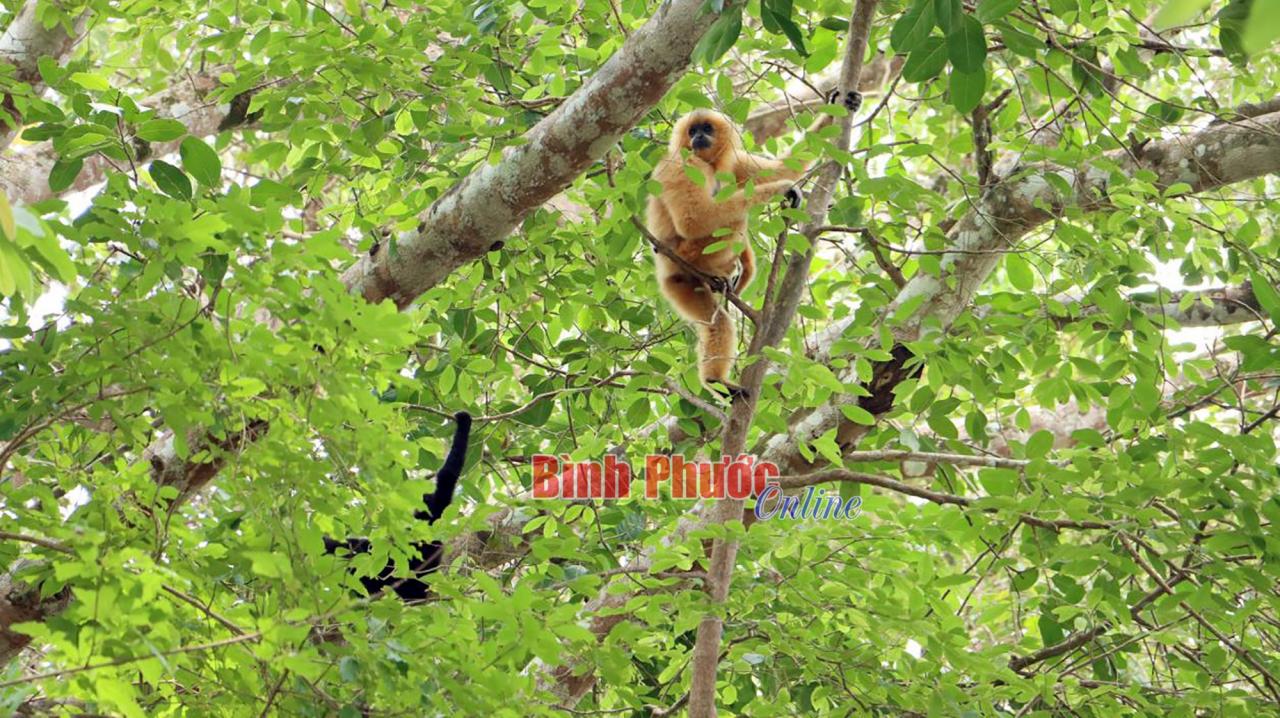
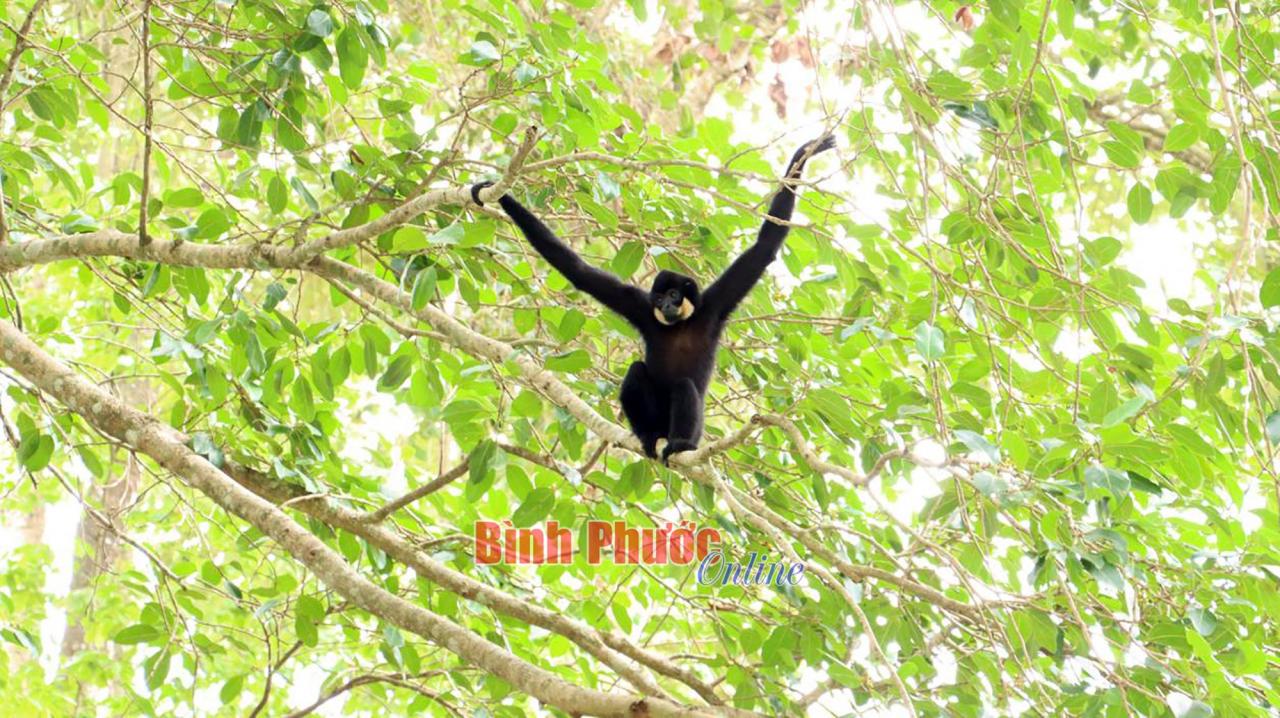
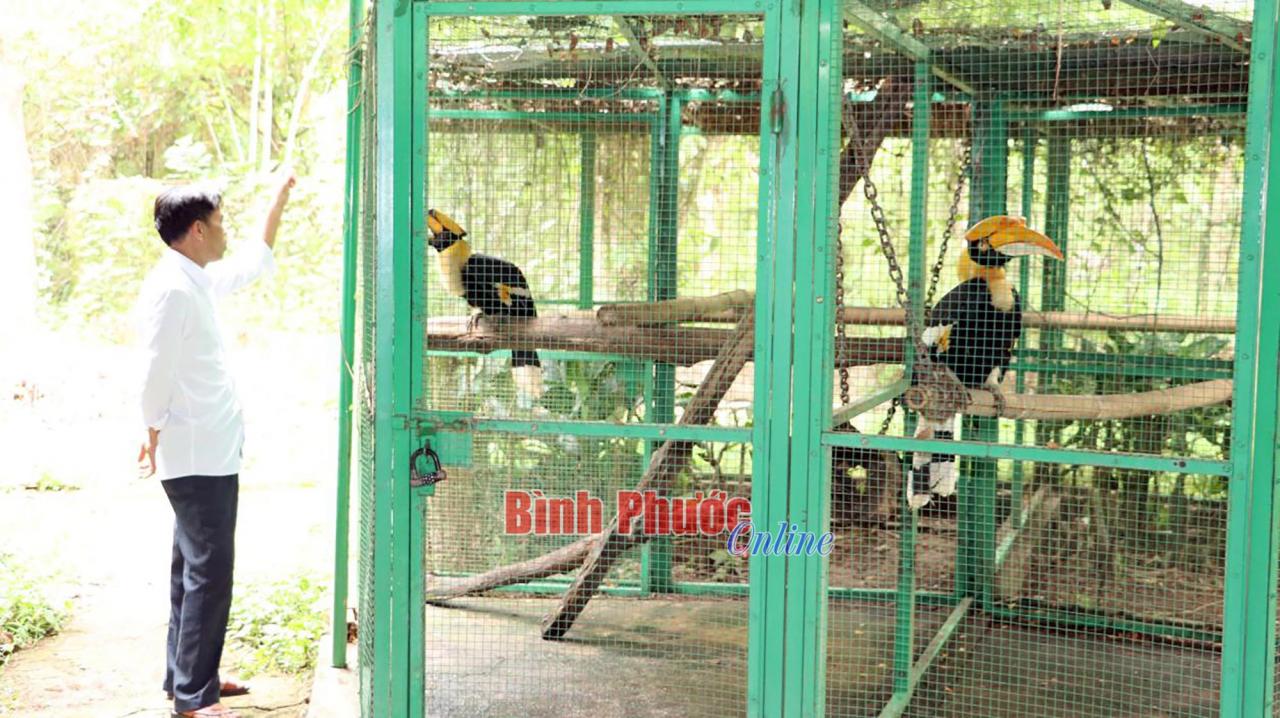
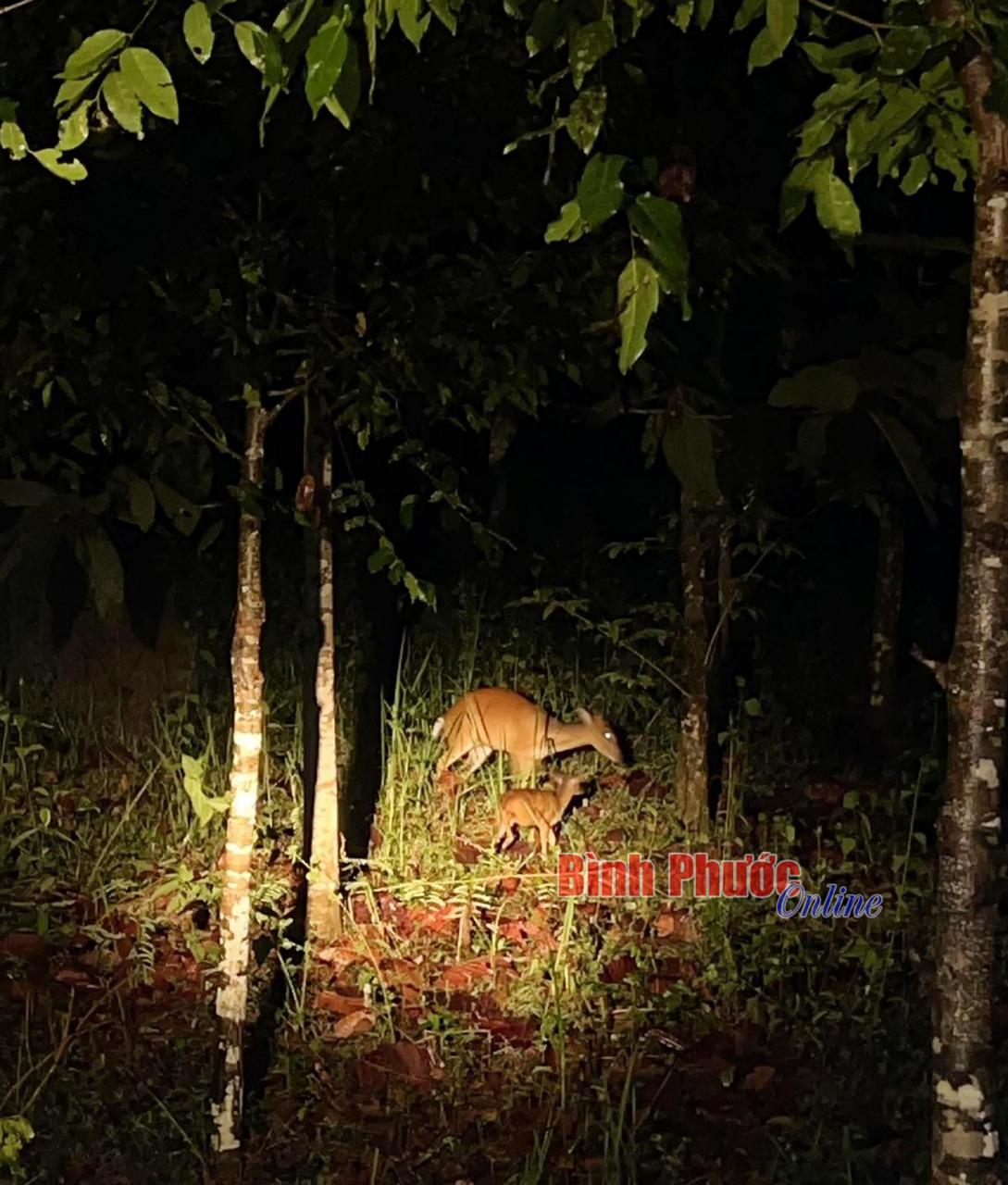
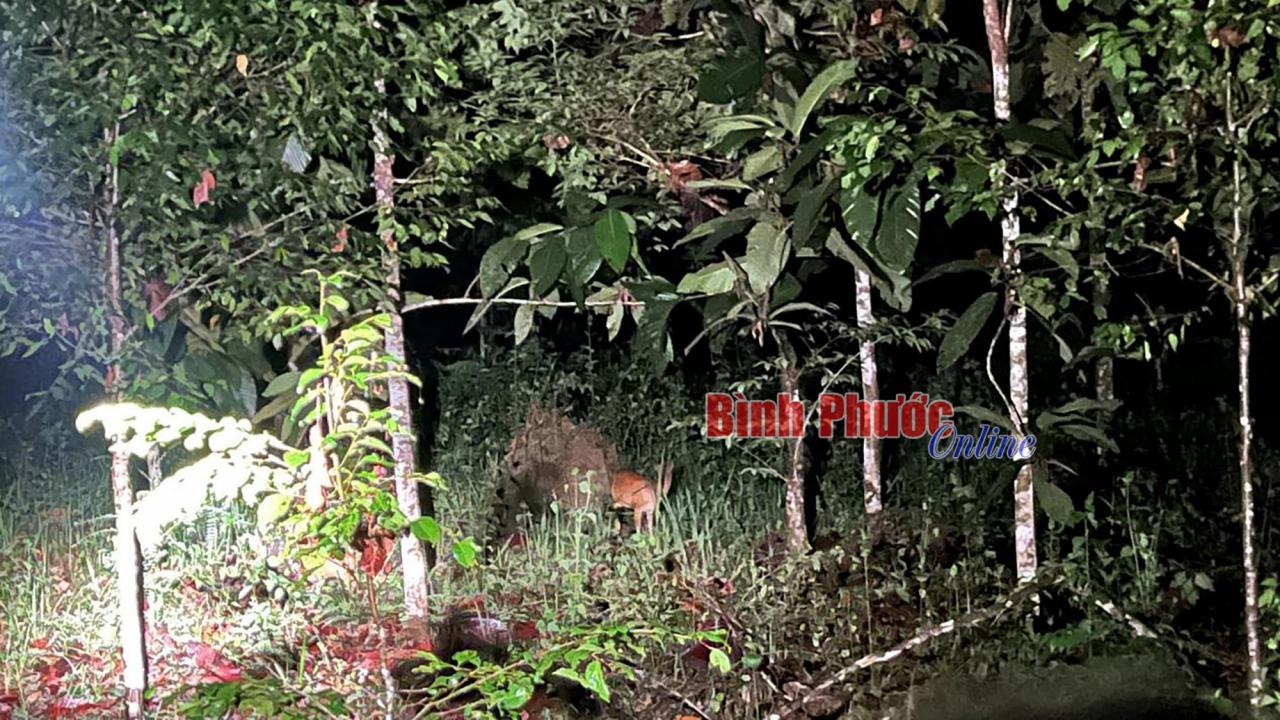
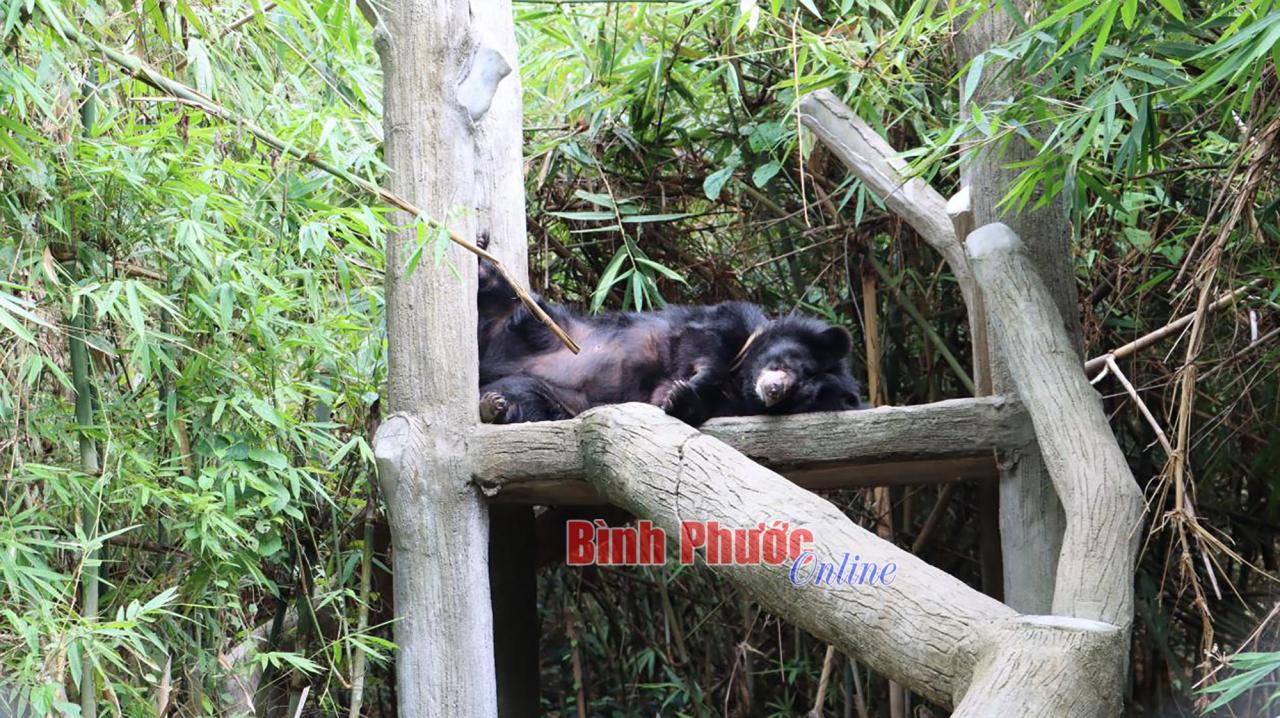
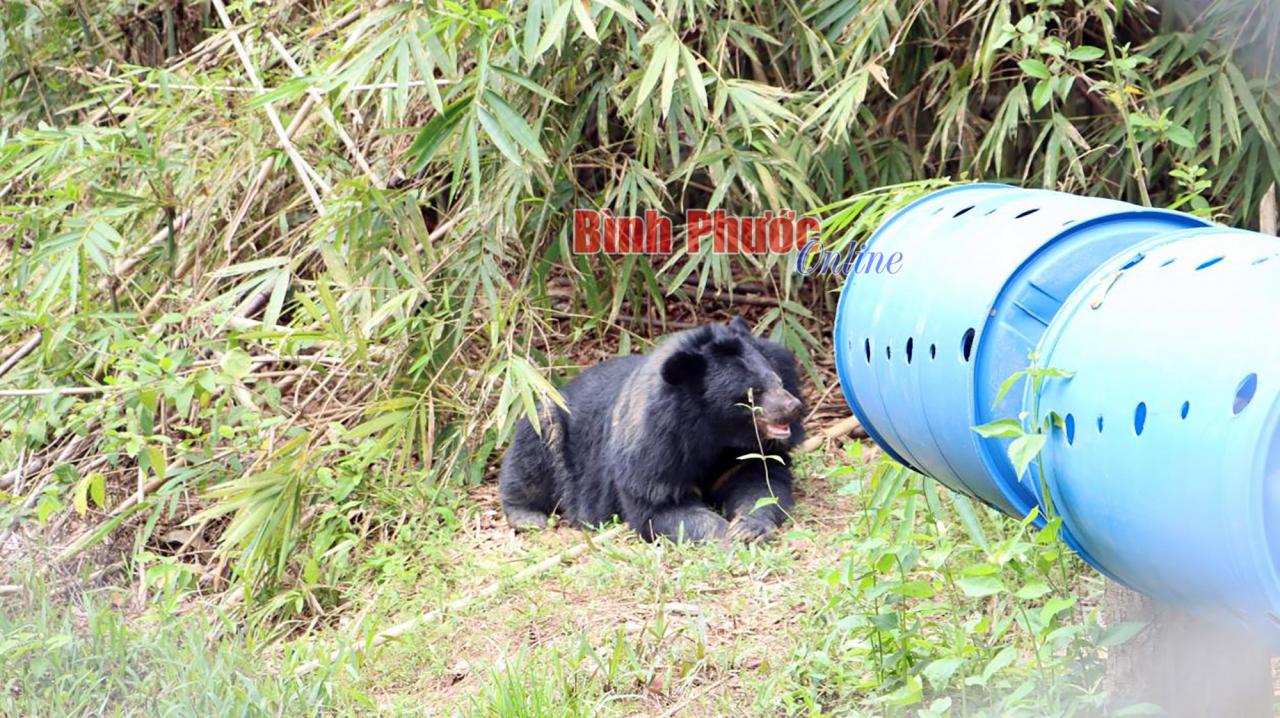

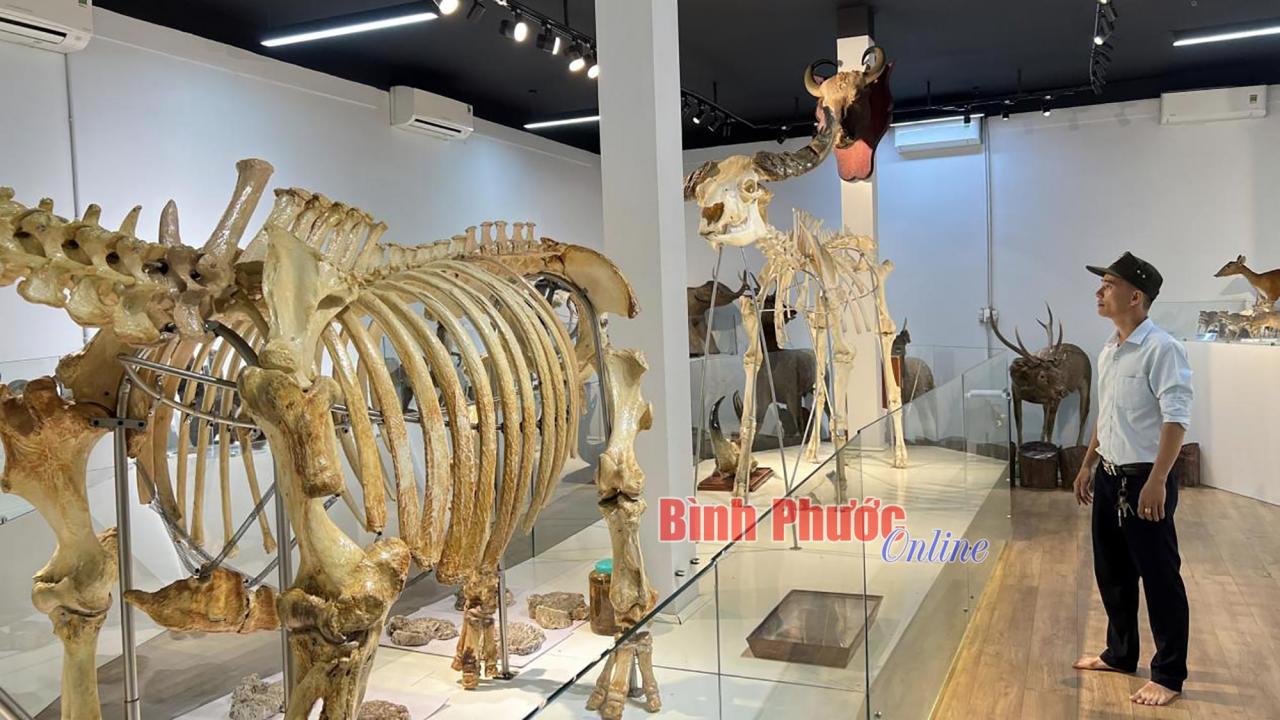
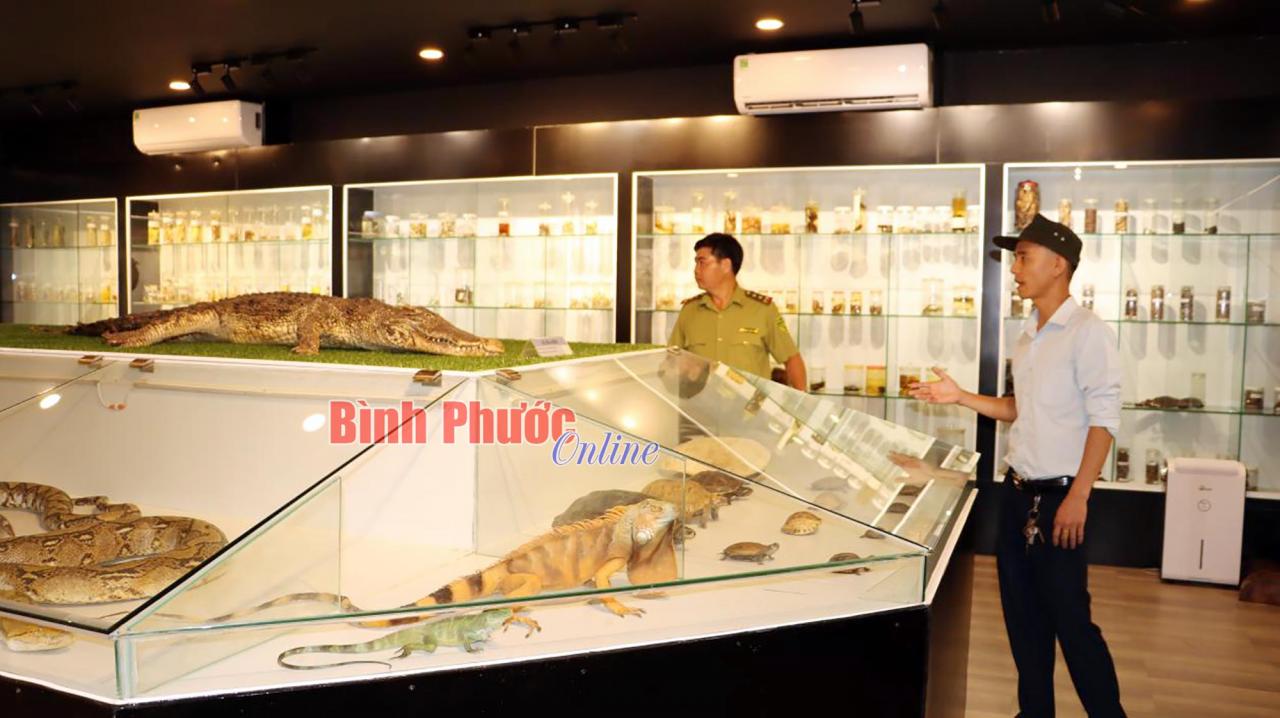
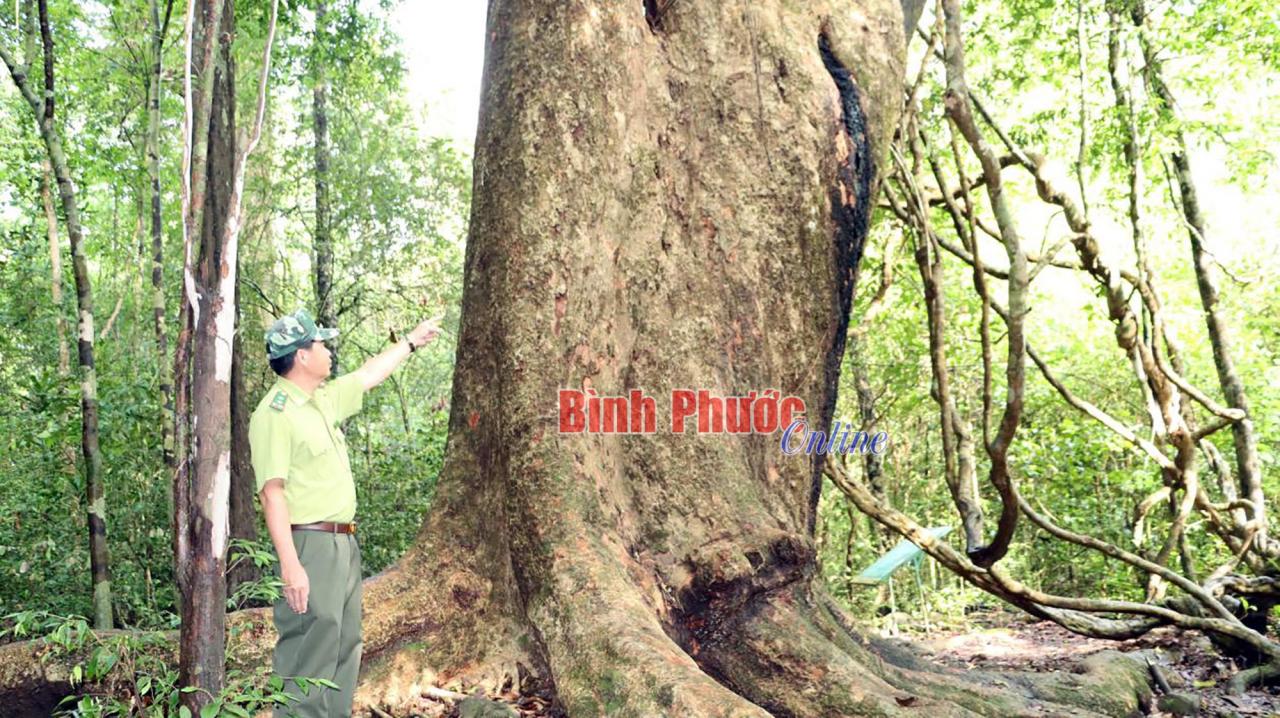

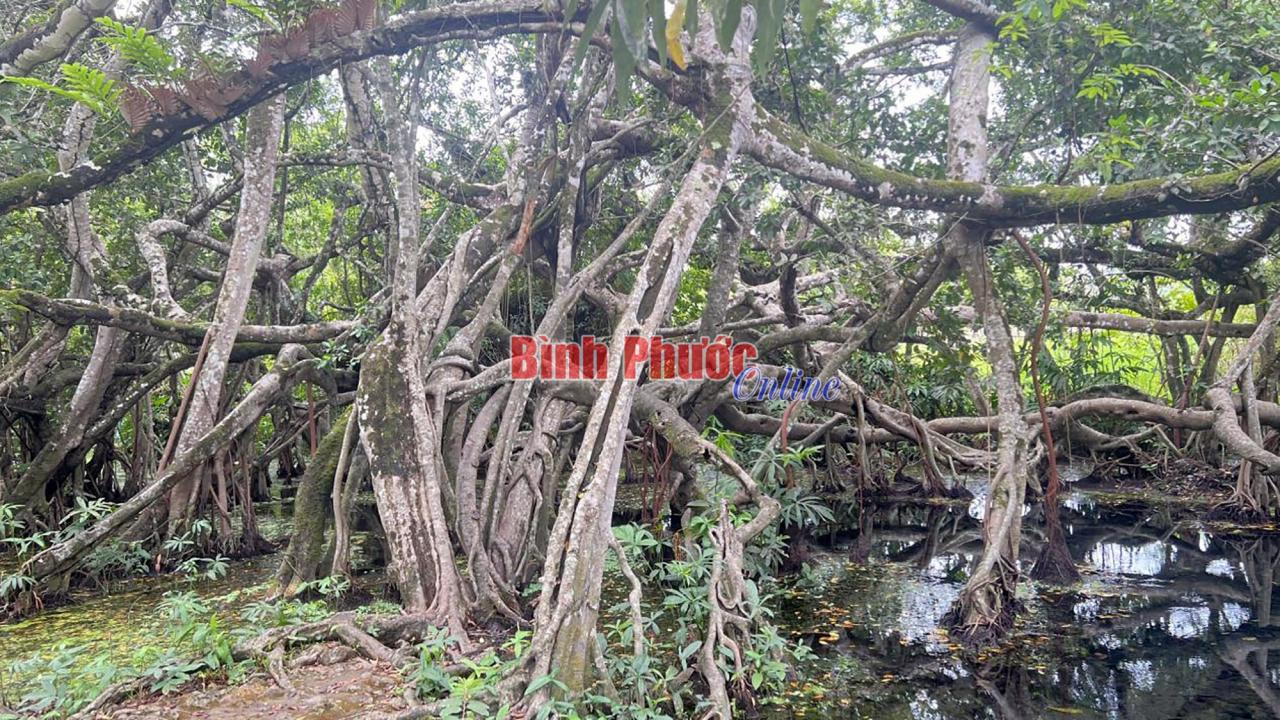
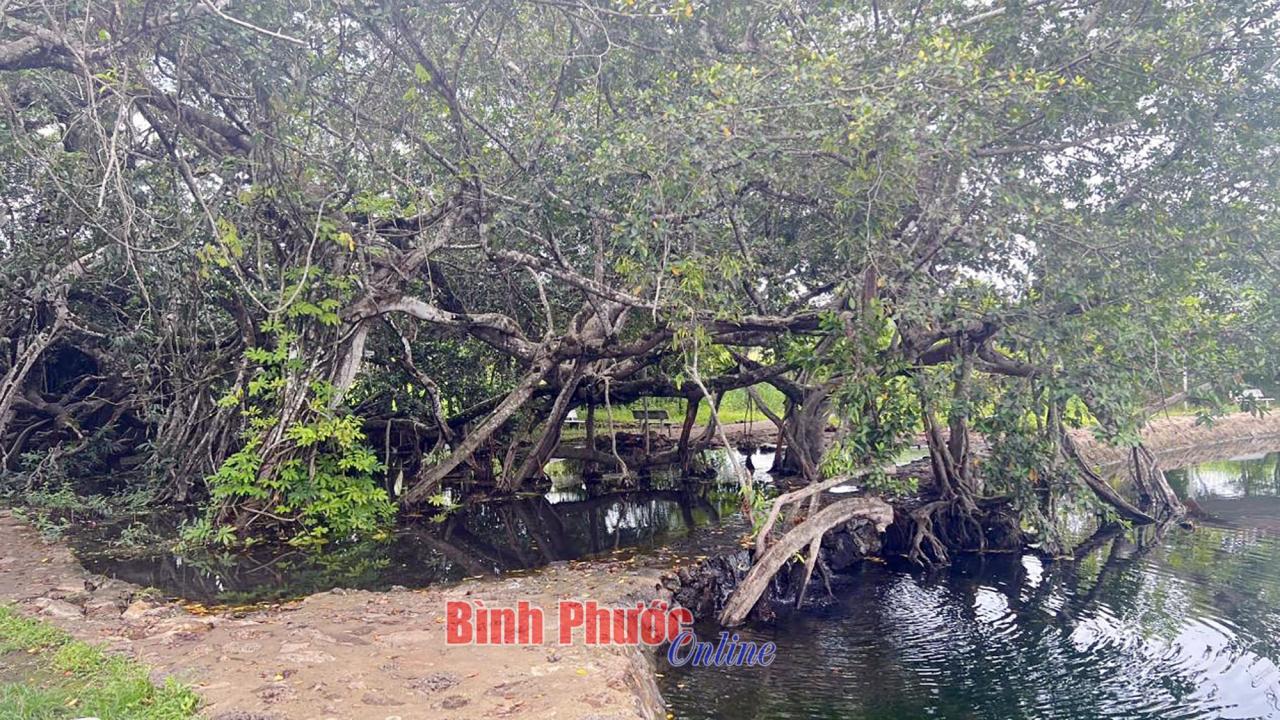
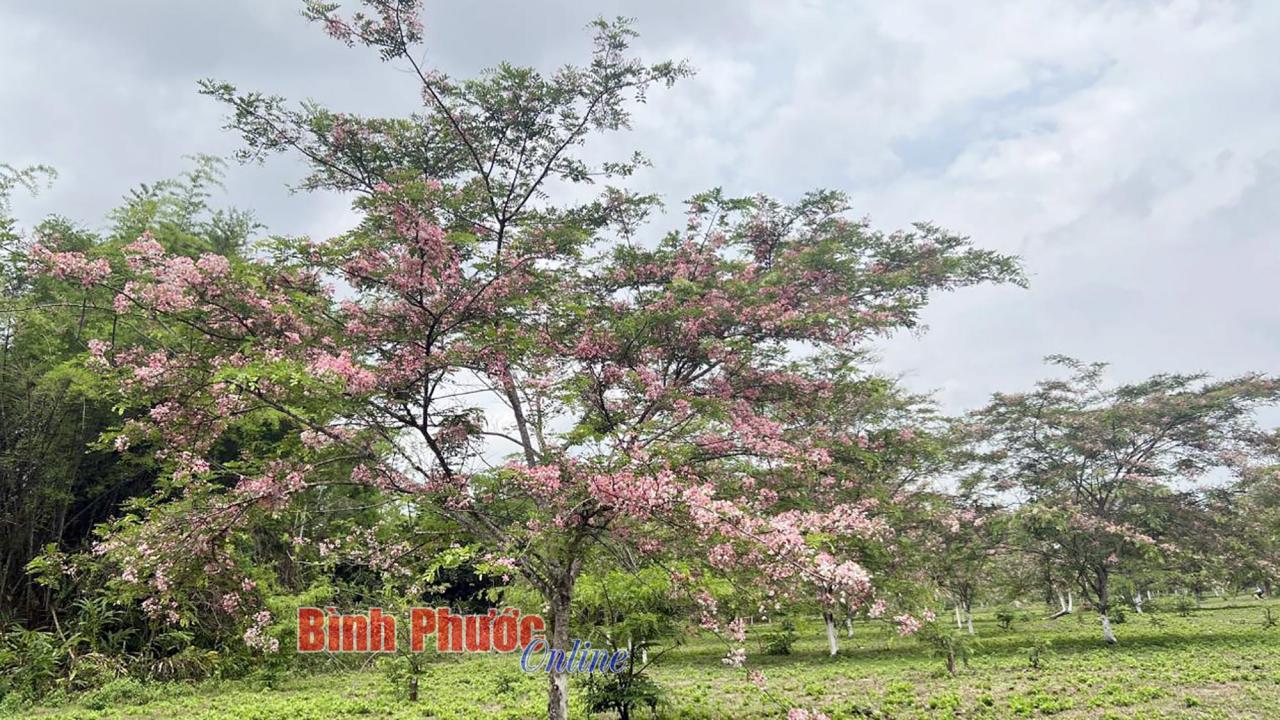

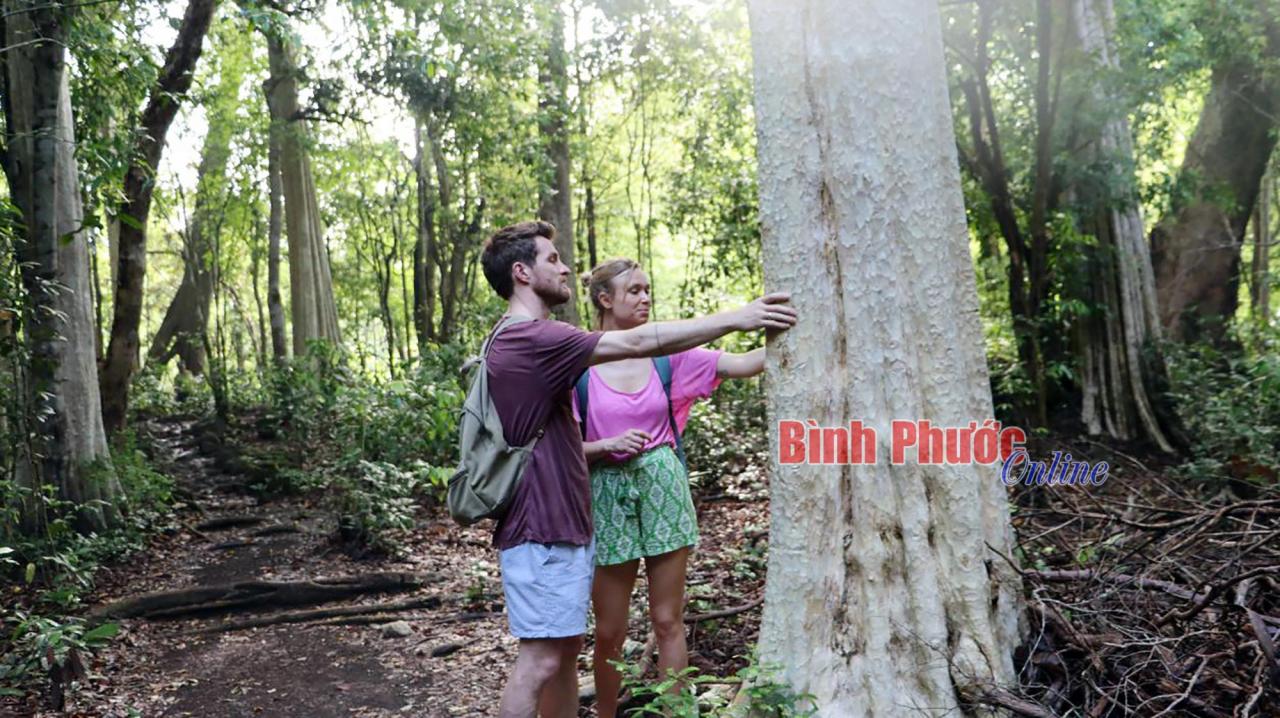
![[Photo] Prime Minister Pham Minh Chinh and Prime Minister of the Kingdom of Thailand Paetongtarn Shinawatra attend the Vietnam-Thailand Business Forum 2025](https://vphoto.vietnam.vn/thumb/1200x675/vietnam/resource/IMAGE/2025/5/16/1cdfce54d25c48a68ae6fb9204f2171a)


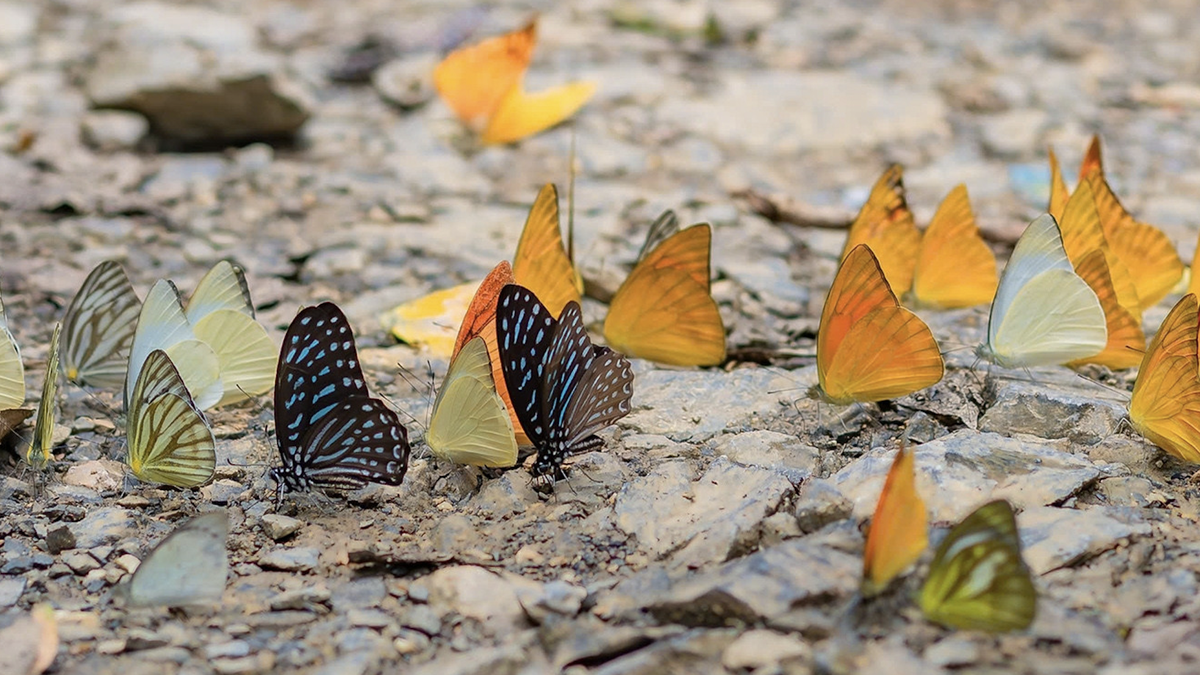

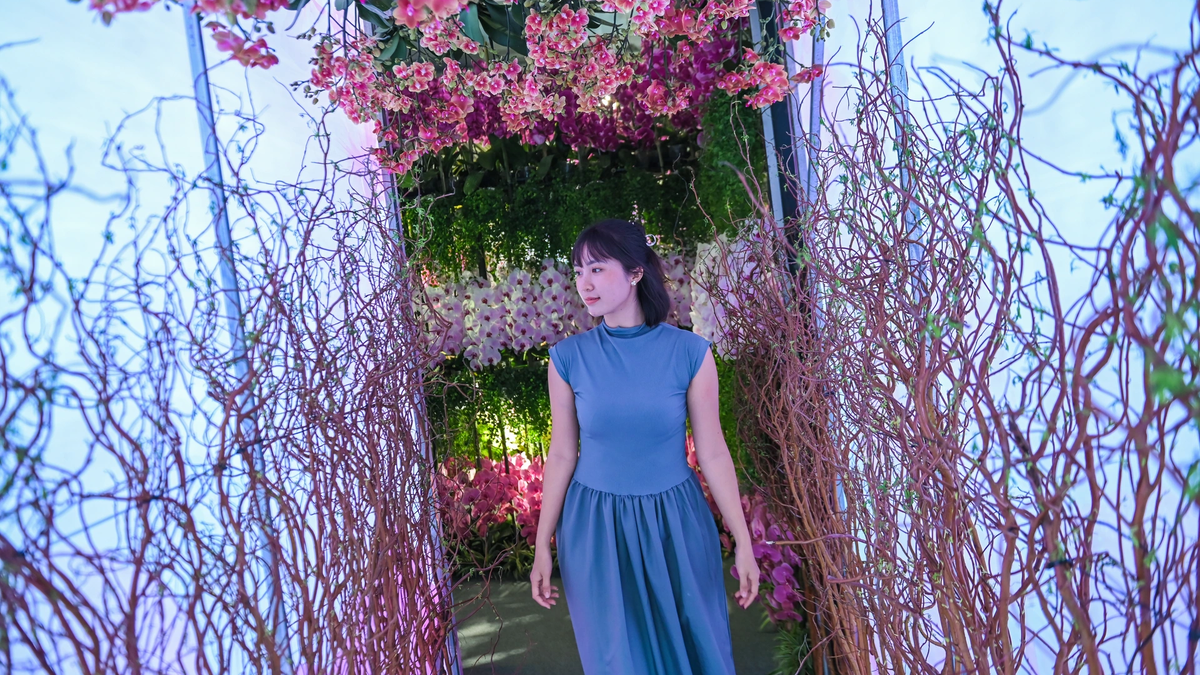

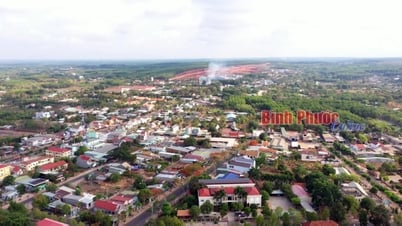

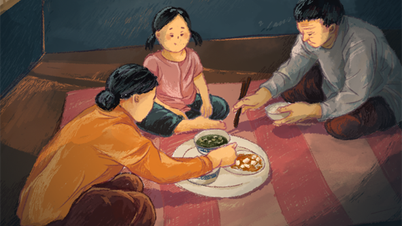

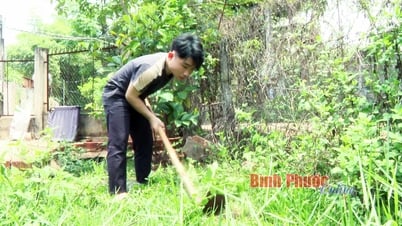










![[Photo] President Luong Cuong receives Prime Minister of the Kingdom of Thailand Paetongtarn Shinawatra](https://vphoto.vietnam.vn/thumb/1200x675/vietnam/resource/IMAGE/2025/5/16/52c73b27198a4e12bd6a903d1c218846)
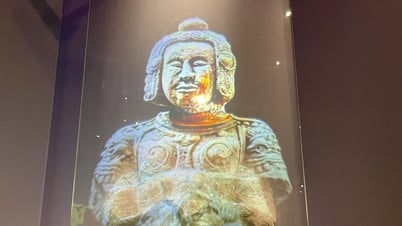



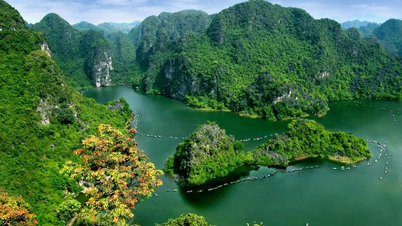













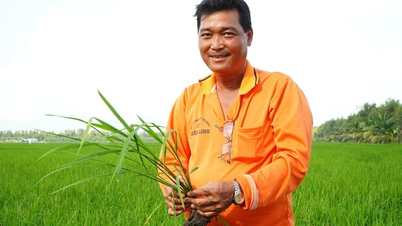

















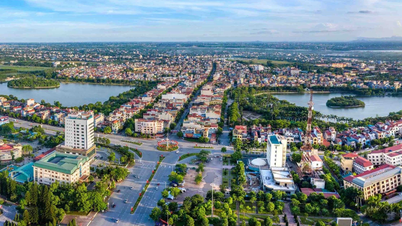



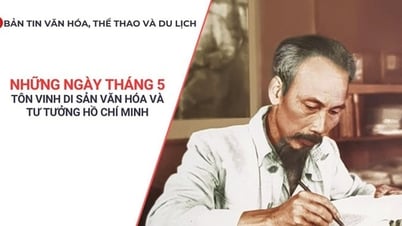

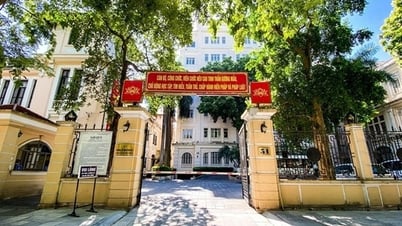






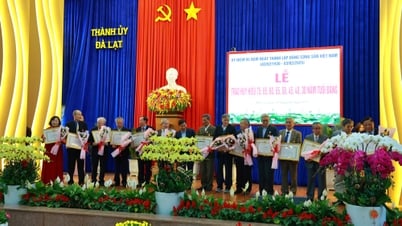

















Comment (0)